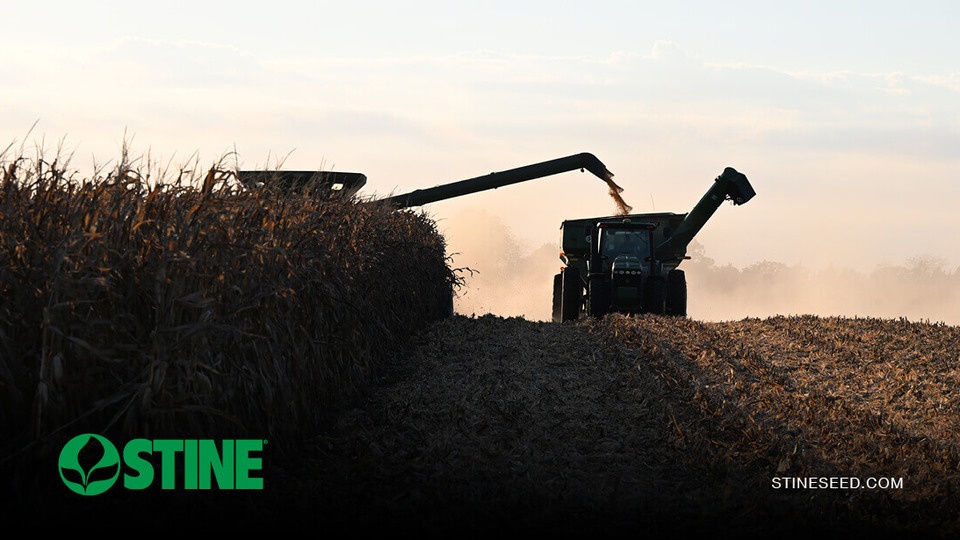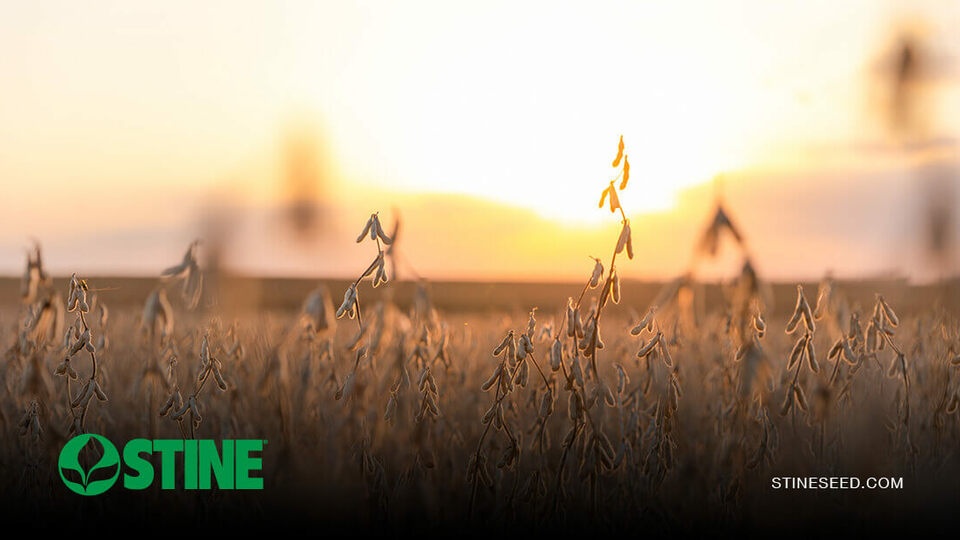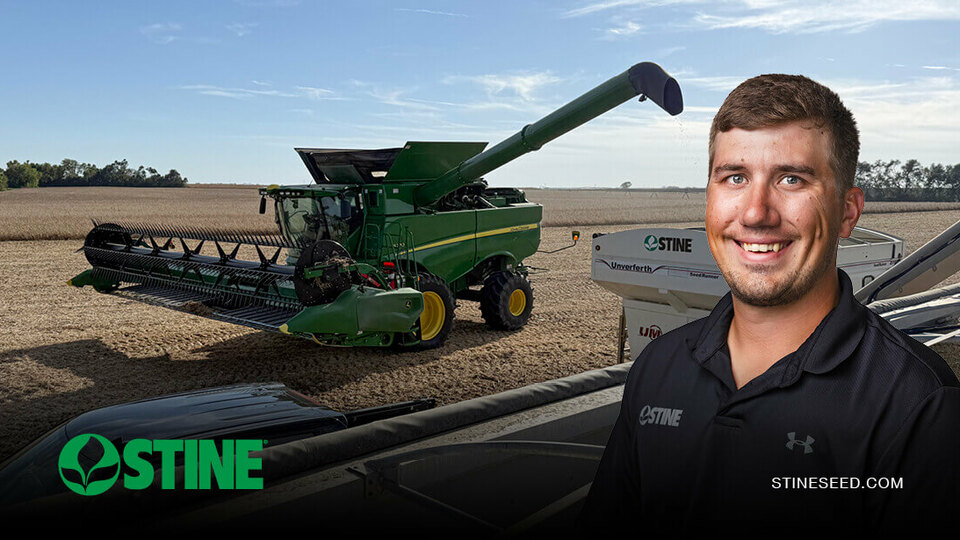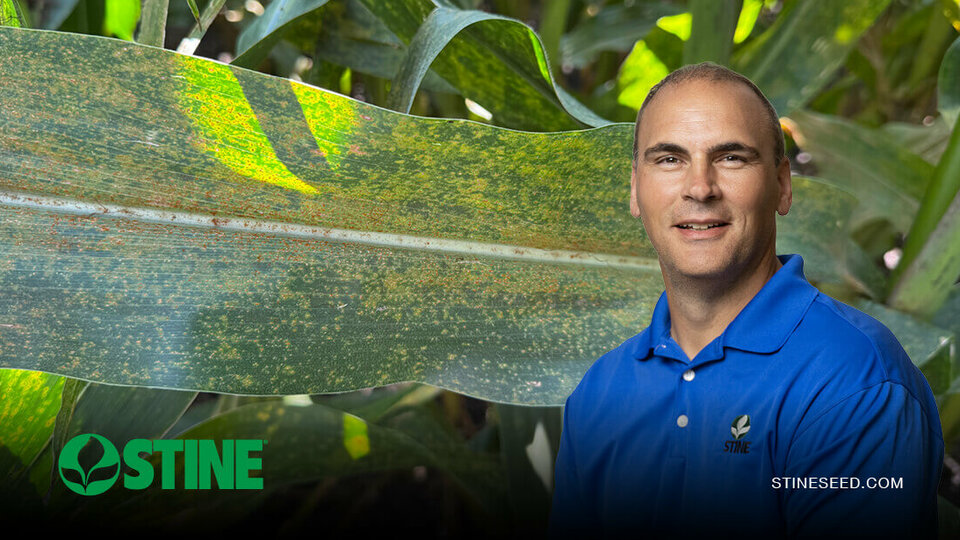Scouting season is in full swing, and so is the hatch. In areas of the Midwest, corn rootworm larvae are beginning to emerge and fireflies are out, a critical signal that growers should pay close attention to subsurface conditions.
When soil temps exceed 52 degrees Fahrenheit and growing degree days are between 680 and 800, conditions become ideal for larval emergence. Many areas across the Midwest are now within that range, triggering widespread emergence of larvae. That means it’s time to scout, especially in high-risk fields.
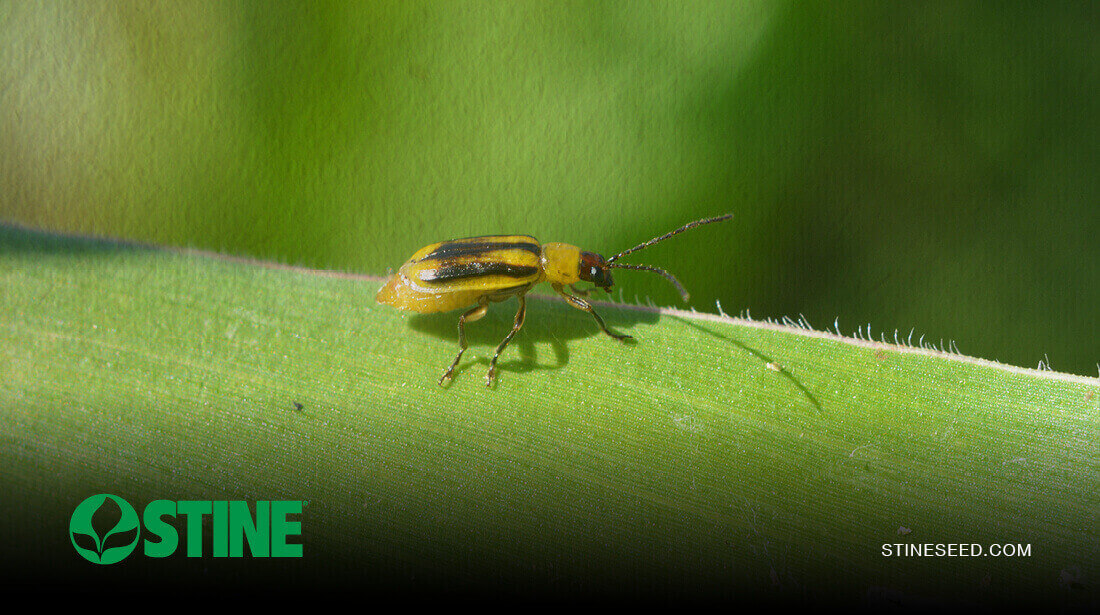
A silent threat to standability and yield
Rootworm larvae feed on corn roots, disrupting the plant's nutrient uptake and compromising standability. If left unmanaged, this feeding damage can lead to stunted growth, poor nutrient absorption and increased risk of lodging later in the season, all of which reduce yield potential.
“This time of year, most corn rootworm are still in the larvae stage, where they feed on the root structures of the plants,” says Tony Lenz, technical agronomist for Stine® Seed Company. “While we are currently seeing corn rootworm feeding in some areas, it may be several weeks before you see crop damage, so it’s important to dig into the soil and assess what’s beneath the surface to determine any level of infestation.”
Even fields planted with trait protection can experience pressure, especially in areas with known resistance issues. Continuous corn acres without crop rotation, in particular, should be prioritized for scouting.
Stine’s scouting recommendations
Early detection is the best line of defense. Stine recommends taking the following steps:
- Scout high-risk and continuous corn fields first.
- Dig plants and wash roots to expose larvae and signs of pruning.
- Evaluate whether in-season treatments may be needed.
- Document pressure by hybrid to inform trait decisions for next year.
The growing challenge of resistance
Rootworm management has become increasingly complex due to evolving resistance. Some populations are showing reduced susceptibility to key Bt traits, a concern Stine agronomists have raised before.
We continue to evaluate trait performance and rotation strategies across our Product Development Plots and customer fields. These insights are being shared in real time with our growers through updates from Stine agronomists and independent sales representatives.
Stine’s commitment to early detection
As part of its broader agronomic support, Stine’s technical teams are leading efforts to assess corn rootworm pressure across the Midwest. These findings help inform seed placement recommendations, trait strategy adjustments and future product development.
Boots-on-the-ground scouting is what separates a good season from a great one. When growers understand what’s happening at the root, we can help them make better in-season and long-term decisions.
Check out the Stine Ask the Agronomist Blog and the “Stine Seedcast” podcast to see how we’re helping growers stay ahead of in-field threats like rootworm. Contact your local Stine sales representative to evaluate your fields and discuss subsurface activity.
Related Articles
-

Stine harvest roundup: Part 2
October 2025 in Agronomy
-

Stine harvest roundup: Part 1
October 2025 in Agronomy
-

Proven performance in the field: Strong soybean yields across Nebraska
October 2025 in Agronomy
-

What to know about southern rust in corn
October 2025 in Agronomy
